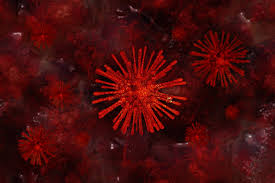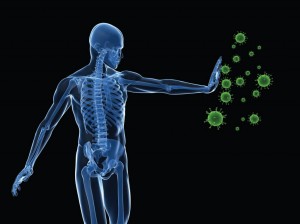ACS’ journal Bioconjugate Chemistry. August 2011
Genetically engineered spider silk could help overcome a major barrier to the use of gene therapy in everyday medicine, according to a new study that reported development and successful initial laboratory tests of such a material. It appears in ACS’ journal Bioconjugate Chemistry.
David Kaplan and colleagues note that gene therapy — requires safe and efficient carriers or “vectors.” Those carriers are the counterparts to pills and capsules, transporting therapeutic genes into cells in the body. Safety and other concerns surround the experimental use of viruses to insert genes. The lack of good gene delivery systems is a main reason why there are no FDA-approved gene therapies, despite almost 1,500 clinical trials since 1989. The new study focused on one promising prospect, silk proteins, which are biocompatible and have been used in everyday medicine and medical research for decades.
The scientists describe modifying spider silk proteins so that they attach to diseased cells and not healthy cells. They also engineered the spider silk to contain a gene that codes for the protein that makes fireflies glow in order to provide a visual signal (seen using special equipment) that the gene has reached its intended target. In lab studies using mice containing human breast cancer cells, the spider-silk proteins attached to the cancer cells and injected the DNA material into the cells without harming the mice. The results suggest that the genetically-engineered spider-silk proteins represent “a versatile and useful new platform polymer for nonviral gene delivery,” the article notes.







